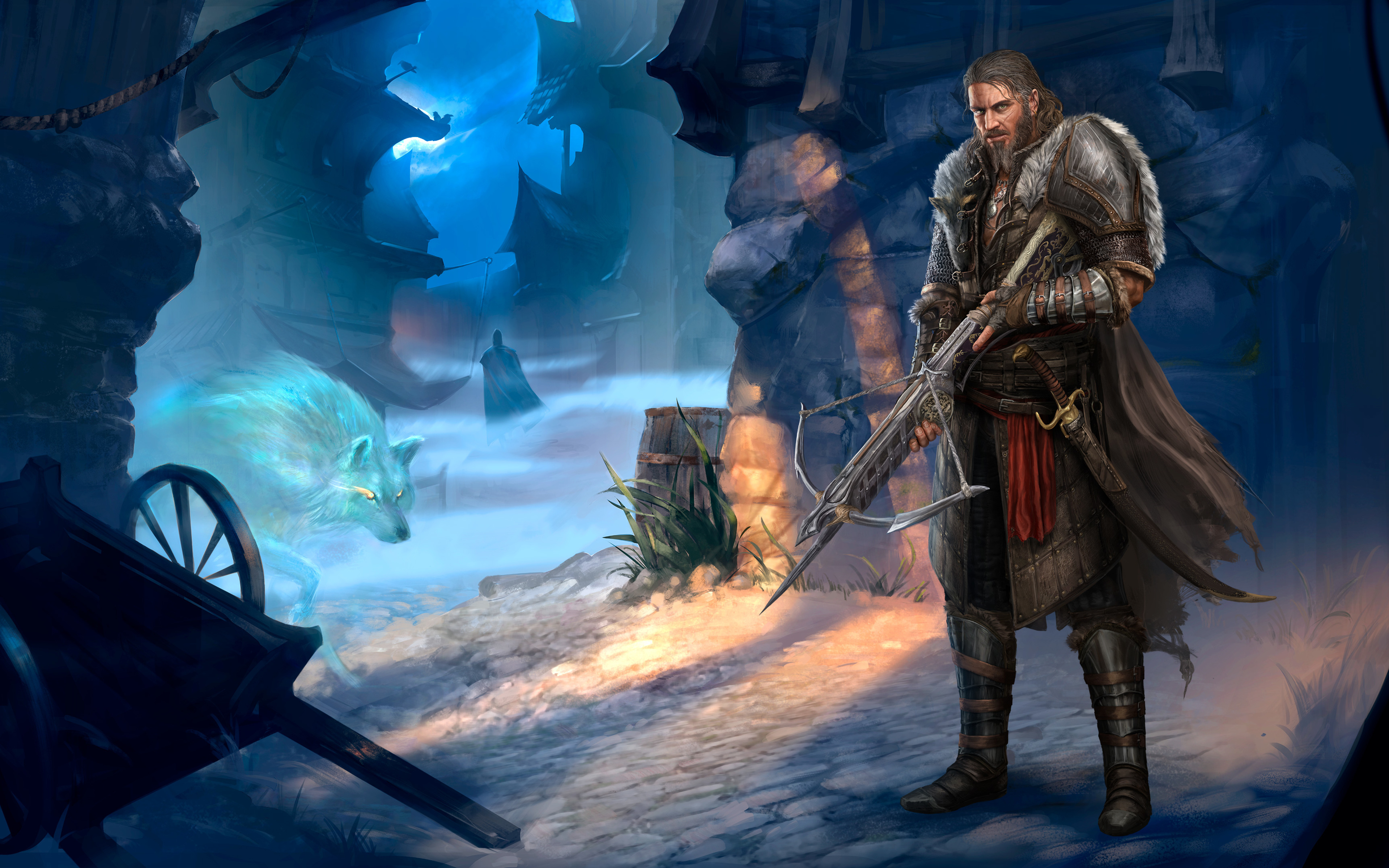


Addressing the Christians at Corinth, he writes:įor I received from the Lord what I also handed on to you, that the Lord Jesus on the night when he was betrayed took a loaf of bread, and when he had given thanks, he broke it and said, “This is my body that is for you. Three of the Gospel writers – Matthew, Mark and Luke – and the Apostle Paul give similar but not identical accounts of this meal.

The meal Jesus shared with his most intimate companions on the night before he died played a unique role in his mission. One of these meals has a significance above all others. They offered a powerful experience of divine mercy and human solidarity. Whether a guest in a Pharisee’s house or the host of a lakeside feast, Jesus made use of meals to manifest the reign of God. Along with preaching and healing, table fellowship was a distinctive feature of Jesus’ ministry. Jesus’ disciples were familiar with his prophetic practice of dining with all and sundry. Eating and drinking with Jesus was not an unexpected novelty for those who had followed him from Galilee. The first witnesses to the risen Lord, Peter declares, ate and drank with him. They put him to death by hanging him on a tree but God raised him on the third day and allowed him to appear, not to all the people but to us who were chosen by God as witnesses, and who ate and drank with him after he rose from the dead. In a key speech to a Gentile audience the Apostle Peter testified how God anointed Jesus of Nazareth with the Holy Spirit and with power how he went about doing good and healing all who were oppressed by the devil, for God was with him. This brief and emphatic exchange conveys the essence of the Eucharist: Jesus Christ, yesterday, today and forever. And the whole assembly acclaims in these or similar words, “We proclaim your death, O Lord, and profess your resurrection, until you come again.” “The mystery of faith!” declares the priest at the heart of Mass.


 0 kommentar(er)
0 kommentar(er)
